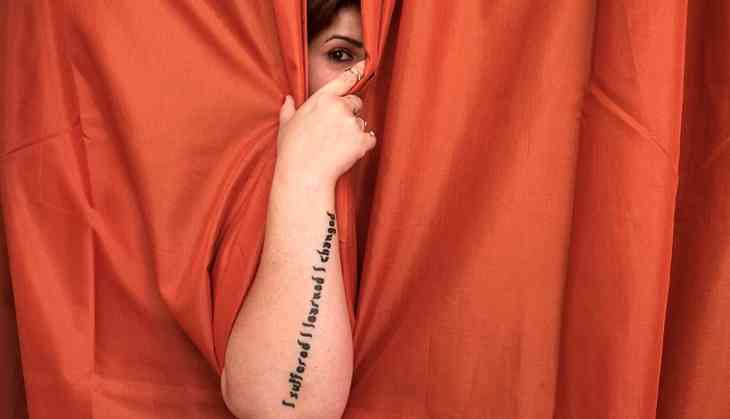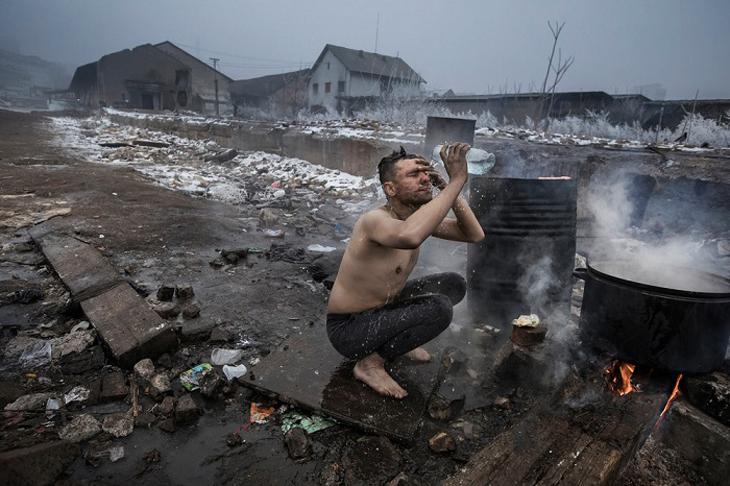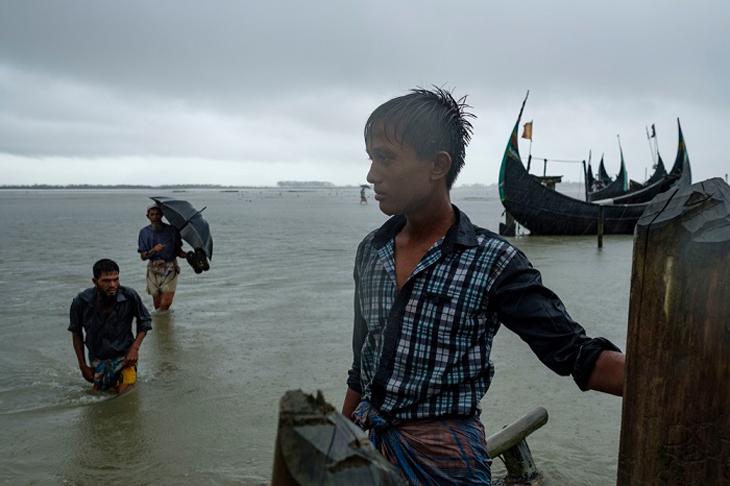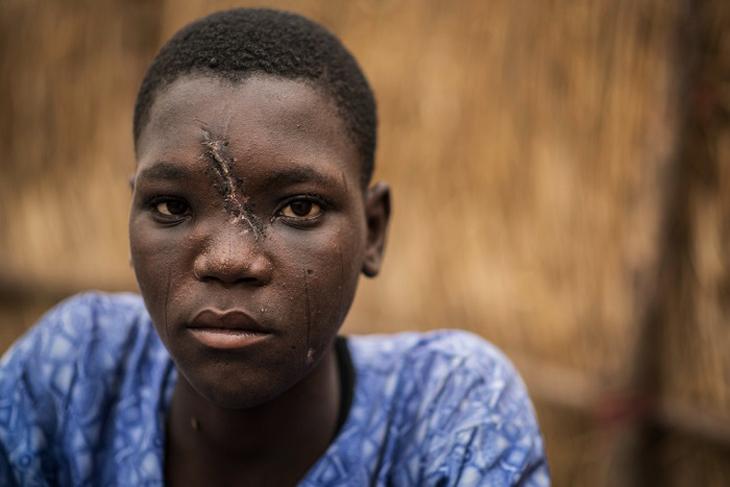2017: A year that saw some of the worst humanitarian crises in history

From war and civil strife to disease and epidemics, this year has been a rollercoaster ride for humanitarian crises.
This was the year of refugees, with little good news for them. With more than 60 million people fleeing conflict, poverty and persecution around the world, we are facing the worst refugee crisis since the Second World War.

On 25 August 2017, a counter-insurgency military operation in the Rakhine State, Myanmar, led to the mass displacement of Rohingya civilians into neighbouring Bangladesh. Over the following three months, some 6,26,000 Rohingya crossed into Bangladesh to escape the violence.
Surveys conducted on ground show evidence of high rates of mortality among the Rohingya population due to violence, and suggest that they faced mass killings prior to their arrival in Bangladesh.

At the other end of the Indian Ocean, the European Refugee Crisis witnessed 1,62,114 (According to UNHRC figured) people migrating to the European Union zone by sea routes alone in 2017, with 3,081 missing or dying as a result. 85% of arrivals came from the world's top 10 refugee-producing countries.

In Nigeria, the eight-year-old conflict between the Nigerian military and armed extremist group Boko Haram has led to the displacement of more than 1.7 million people in Nigeria's northeastern states of Borno, Adamawa and Yobe.

In India, the longstanding low-intensity conflict in Andhra Pradesh, Chhattisgarh and Telangana has left a large part of the population in this area with limited or no access to healthcare. Doctors Without Borders/Médecins Sans Frontières (MSF) has addressed the medical needs of the displaced population and is currently one of the very few healthcare providers in the area.


